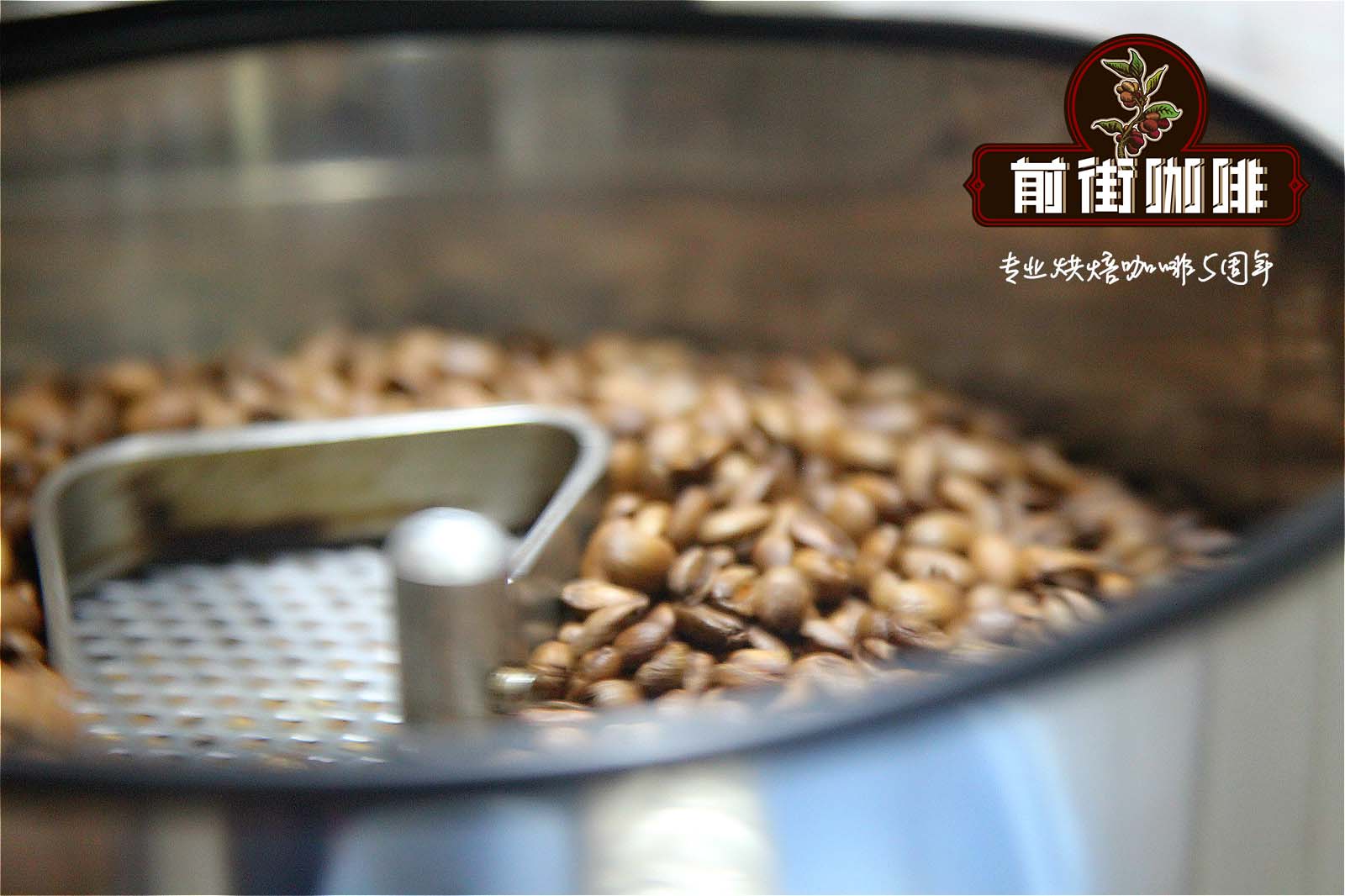Introduction to the cultivation of Angolan coffee beans _ price of Angolan coffee _ is Angolan coffee good?

Professional coffee knowledge exchange More coffee bean information Please pay attention to coffee workshop (Weixin Official Accounts cafe_style)
Angola has grown coffee for more than 100 years. It is the fourth largest coffee industrial country in the world. Its output ranked first in Africa until 1960. In the mid-1970s, 98% of the coffee exported by Angola was Robert coffee, which is the best quality Robert coffee in Africa. In 1974, Angola coffee bean production reached an all-time high of 225,000 tons, ranking second in Africa and fourth in the world.
The northern coastal lowlands of Angola are wide, about 100--200 km. Due to low terrain, less rainfall and semi-dry plants, they are important coffee producing areas in Angola. Coffee is planted at an altitude of 400--1500 meters and rainfall is about 1250 mm. The northern region is the main coffee producing area in Angola. The Arabic varieties introduced later are planted in the central plateau.
Angola was once one of the world's largest coffee producers, exporting most of its coffee to countries such as the United States, the Netherlands and Portugal. However, the subsequent 27-year civil war caused a significant decline in coffee production in Angola. In order to revive its former glory as a coffee producer, the Angola government is increasing investment and adopting preferential policies to encourage companies and farmers to grow coffee, increase coffee production and profits, and implement a micro-credit program in 2008 to encourage farmers to grow coffee with a government discount of US $5000. Strengthen the coffee production plan, appeal to farmers and entrepreneurs located in the production area to actively invest human, material and financial resources in coffee cultivation, encourage local farmers to increase coffee production, increase rural income, and promote rural and urban economic development.
Angola doubled its coffee production in 2009 to 12,000 tons compared to 2008. In 2012, coffee production totaled 13,900 tons. Angola's agricultural revitalization programme will plant 1.5 million coffee seedlings on 500 hectares of arable land in Amboim province starting in March 2013, with an additional 5,000 tons expected in 2015.
Angola is expected to regain its position as a major coffee producer in the world thanks to a nationwide coffee growing campaign. This will also diversify the national economy and improve its over-reliance on the oil and diamond industries. Angola coffee production is expected to grow steadily as government policies to encourage cash crop production continue to be implemented and strengthened.
Qianjie Coffee: Guangzhou's baking shop, small store but a variety of beans, can find a variety of famous beans, but also provide online store services. https://shop104210103.taobao.com
Important Notice :
前街咖啡 FrontStreet Coffee has moved to new addredd:
FrontStreet Coffee Address: 315,Donghua East Road,GuangZhou
Tel:020 38364473
- Prev

Introduction to the characteristics of Angolan coffee _ is the price of Angolan coffee expensive _ what is the taste of Angolan coffee
For more information on coffee beans, please follow the coffee workshop (Wechat official account cafe_style), once a big coffee producer. In the mid-1970s, Angola (Angola) exported 3.5 million bags of coffee a year, 98 per cent of which was Roberts (which is probably the best Robbins coffee in Africa). In 1990, total production dropped to 200000.
- Next

The present situation of Angolan coffee industry. How about Angolan coffee? how much are the Angolan coffee beans per jin?
For more information on coffee beans, please follow the coffee workshop (official Wechat account cafe_style). According to the National Coffee Association of Angola, the export revenue of Angolan coffee reached US $2 million in 2015. Angolan newspaper Jornal de Angola reported this week that this income was 262 percent higher than US $552000 in 2014 and 207 per cent higher than US $650000 in 2013. It is reported that this growth is significant.
Related
- Detailed explanation of Jadeite planting Land in Panamanian Jadeite Manor introduction to the grading system of Jadeite competitive bidding, Red bid, Green bid and Rose Summer
- Story of Coffee planting in Brenka region of Costa Rica Stonehenge Manor anaerobic heavy honey treatment of flavor mouth
- What's on the barrel of Blue Mountain Coffee beans?
- Can American coffee also pull flowers? How to use hot American style to pull out a good-looking pattern?
- Can you make a cold extract with coffee beans? What is the right proportion for cold-extracted coffee formula?
- Indonesian PWN Gold Mandrine Coffee Origin Features Flavor How to Chong? Mandolin coffee is American.
- A brief introduction to the flavor characteristics of Brazilian yellow bourbon coffee beans
- What is the effect of different water quality on the flavor of cold-extracted coffee? What kind of water is best for brewing coffee?
- Why do you think of Rose Summer whenever you mention Panamanian coffee?
- Introduction to the characteristics of authentic blue mountain coffee bean producing areas? What is the CIB Coffee Authority in Jamaica?

